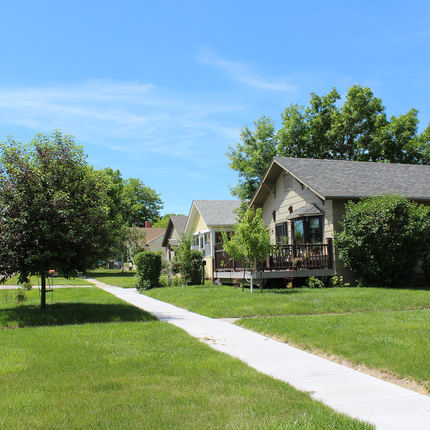A federal initiative providing a monthly discount on broadband is not being used to its full potential in many states.
According to a recent report by Broadband Now, more than 37 million households qualify for the broadband benefit launched last year, but only 7.1 million households are enrolled. South Dakota and North Dakota ranked lowest in the nation with only 3 to 5% of eligible households taking advantage of the program. Nebraska, Iowa, and Minnesota ranked 40th, 33rd, and 38th, respectively.
The Affordable Connectivity Program, formerly the Emergency Broadband Benefit, is a valuable tool in making broadband more affordable to all households. The program provides a monthly discount of $30 to qualifying households, and $75 to households on qualifying Tribal lands. Additionally, eligible households can receive up to $100 to purchase a laptop, desktop computer, or tablet, as long as they contribute $10 or more toward the purchase.
To qualify for the benefit, households must meet one of these criteria:
- Approved to receive benefits under the free and reduced-price school lunch/breakfast program in the 2019-20, 2020-21, or 2021-22 school year;
- Income at below 200% of the federal poverty guidelines;
- Participation in assistance programs, such as SNAP, WIC, Medicaid, SSI, Federal Public Housing Assistance, Veterans Pension and Survivors Benefit, or Lifeline;
- Receiving a Federal Pell Grant in the current award year;
- Meeting eligibility requirements for a broadband provider’s existing low-income program;
- Participation in Tribal assistance programs such as BIA General Assistance, Head Start, Tribal TANF, and Food Distribution Program on Indian Reservations.
Broadband access is a critical component of everyday life, essential for school, work, business, and health care services. However an estimated 42 million Americans do not have broadband access, many of them in rural areas. The ACP provides an opportunity to decrease the digital divide by lowering the cost of services, making broadband more affordable and accessible.




